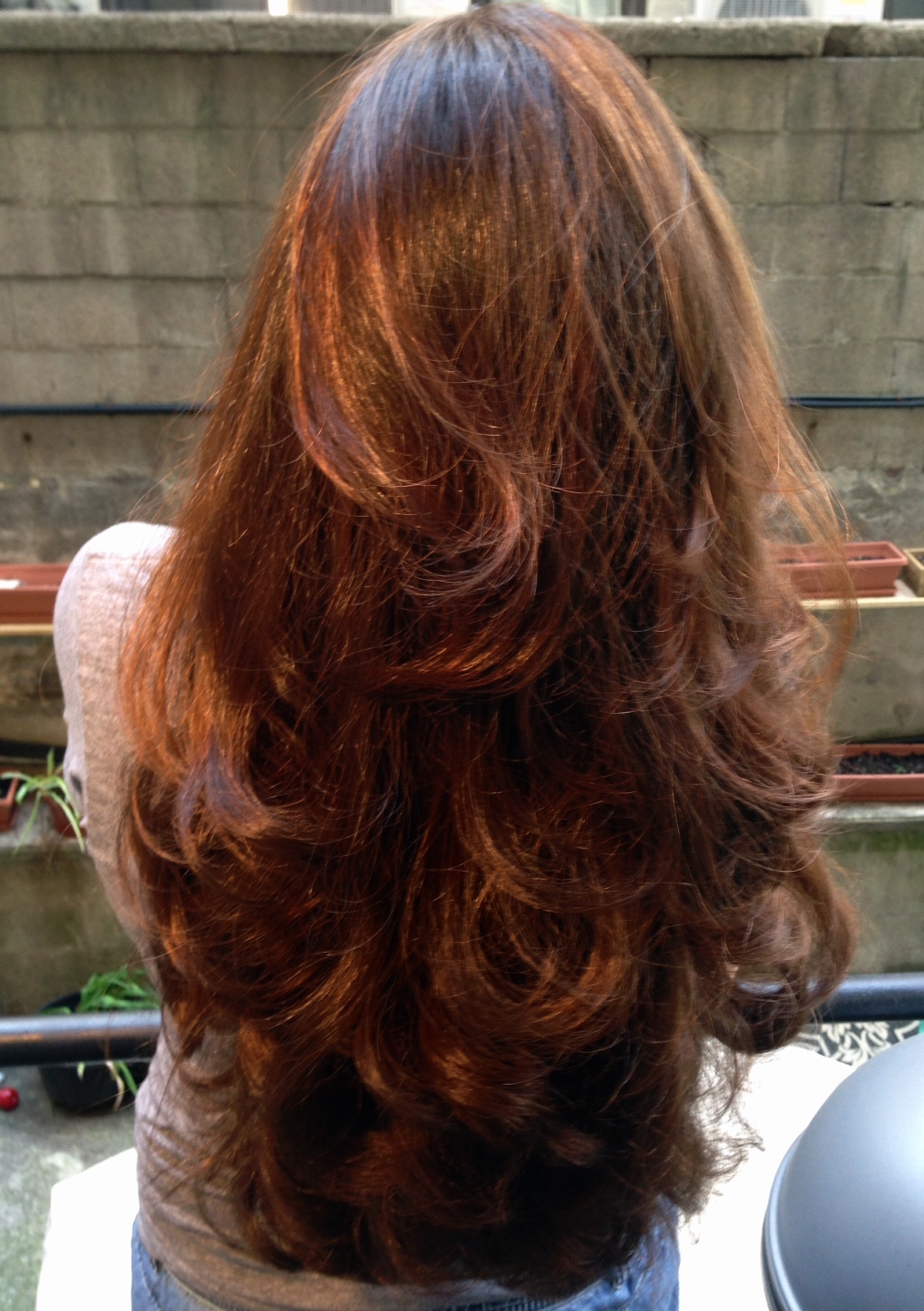Dermaplaning is a cosmetic procedure designed to exfoliate the skin by removing dead skin cells and fine vellus hair (often referred to as “peach fuzz”). It can be done at home or at a spa, but you may be wondering how often should you dermaplane your face?
How Dermaplaning Works
- Procedure: A sterile surgical-grade blade or a specialized dermaplaning tool to gently scrape off the outermost layers of dead skin cells and fine hair. This process is done in short, light strokes across the skin’s surface and usually takes less than 15 minutes for an entire face and neck area.
- Benefits:
- Exfoliation: Dermaplaning smoothes and refines the skin’s texture by removing dead skin cells.
- Brightening: For some, it may give the skin a more radiant and even tone by eliminating dull, dead skin.
- Hair Removal: Removes fine vellus hair, which makes the skin feel smoother and allow makeup to go on more evenly.
- Improved Product Absorption: Enhances your skincare products by allowing them to penetrate better into the skin. If you’re spending loads of cash on the best Greek beauty products, this alone is worth it!
- Minimizes Appearance of Fine Lines: Can help to reduce the appearance of fine lines and wrinkles.
- Pain and Downtime: The procedure is generally painless, though some might experience mild redness or sensitivity afterward.

How often should you dermaplane your face?
“The frequency of dermaplaning your face varies based on individual skin types and goals, but generally, it is recommended to dermaplane every 4 to 6 weeks,” says skincare expert and spa owner, Melanie Harris. Here’s why this timing works well and some considerations:
Reasons for the 4 to 6-Week Interval
- Skin Cell Turnover: “The skin’s natural cell turnover rate is approximately 28 days,” shares Harris. “Dermaplaning every 4 to 6 weeks aligns with this cycle, effectively removing dead skin cells and fine hair without disrupting the skin’s natural renewal process. It also allows your skin enough time to recover from each round of exfoliation.”
- Hair Growth: Fine vellus hair typically grows back in about 4 to 6 weeks. This timing allows for optimal results, as dermaplaning at this interval helps keep the skin smooth and free of unwanted hair.
Considerations
- Skin Sensitivity: Harris adds that, “If your skin is sensitive or if you’re new to dermaplaning, you might start with less frequent sessions to see how your skin reacts. Adjustments can be made based on your skin’s response.”
- Skin Condition: If you have certain skin conditions (e.g., active acne, rosacea), consult a skincare professional to determine the appropriate frequency and whether dermaplaning is suitable for you.
- Hair Texture and Color: If your peach fuzz is darker or coarse, you may consider dermaplaning your face more often.
- PCOS: “Those suffering from conditions like PCOS often have faster facial hair growth rates (and coarser chin/neck/cheek hairs),” explains Melanie. “They may benefit from a 2 to 4-week dermaplaning interval instead and I often schedule PCOS clients for more regular treatments.”
Gear You’ll Need to Dermaplane Your Face at Home
- Sterile Dermaplane Razors: We love these affordable dermaplaning tools from Amazon.
- Dermaplaning Oil: Choose a good, protective dermaplaning oil to act as a barrier between your face and the blade. It’s important to steer clear of oils that clog pores (like coconut oil).









